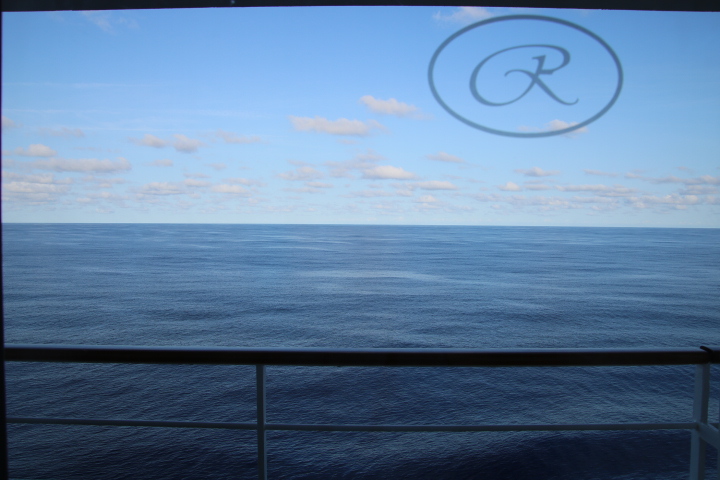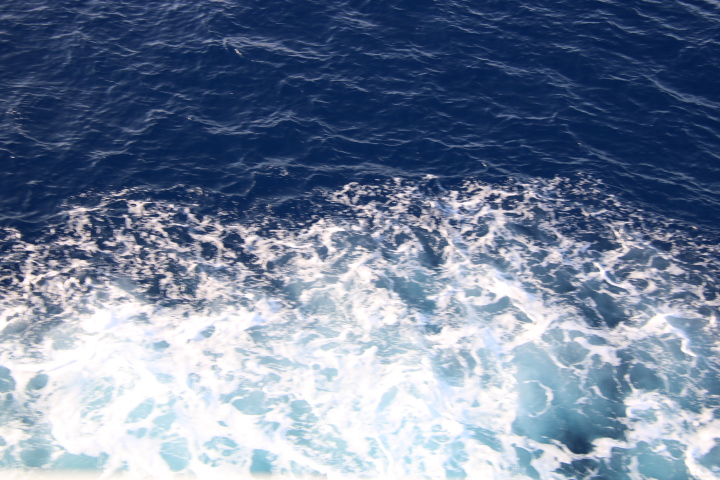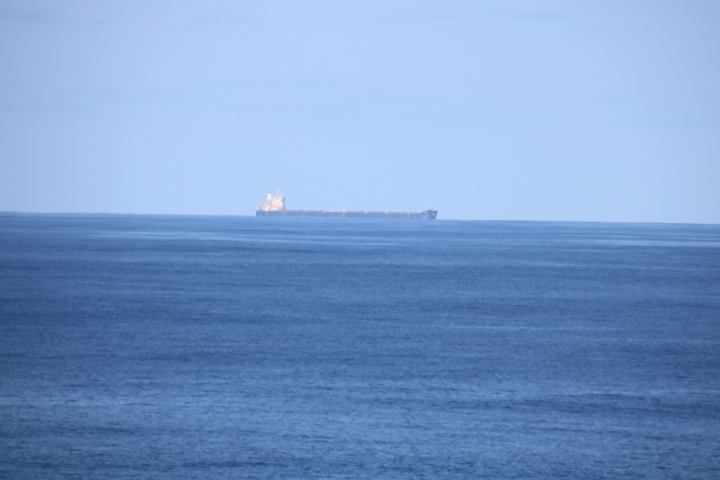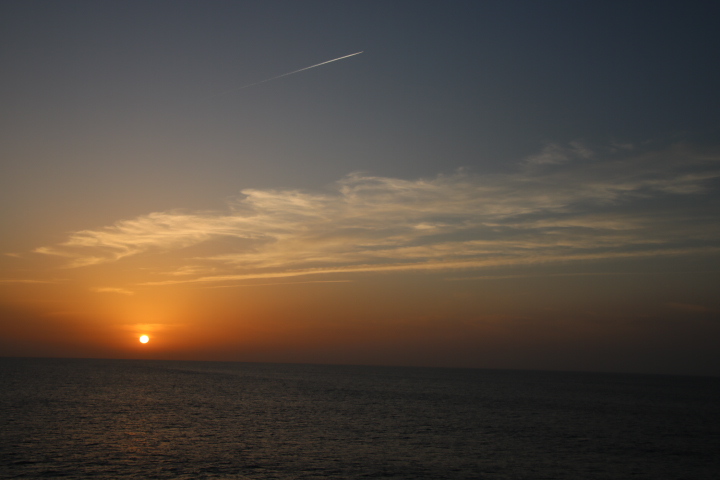At 08:30 we were at 33N 12W on a virtually flat sea and under bright sunshine.

Today’s journey is down the Atlantic in a southwesterly direction towards the Canary Islands. We are following in the wake of Prince Henry the Navigator. Before the well-known explorers such as Columbus and Drake there was Henry. Some historians see him as an intrepid explorer and ship designer. However, recent historical research suggest that this maybe the equivalent of today’s ‘media hype’ because of the way he challenged the flat Earth believers (one would fall off the Earth at the horizon) and described this in terms like that of today’s so-called ‘fake news’. In effect he was promoting himself but others, namely the members of his School of Navigation, did most of the spadework.
He rose to prominence upon the death of his mother, Queen Philippa of Portugal in 1415, when her last words were allegedly an insistence that King John and Henry assemble a fleet to recapture Cueta (North Africa) from the Moors (Arabs). This mission was successful and was the push factor for Henry to explore more of the African coastline. The existence of the continent had been known for centuries but few had attempted to travel along the Atlantic side. He trained his best mariners at Sagres and prepared them in navigation skills and endeavour to go beyond only the known. The Canary Islands were the first lands unknown to the Portuguese that were found. Upon return the maps were updated and this expanding body of knowledge was used to train the next cohort who went on to find the Cape Verde Islands and the coast of West Africa. Associated with these explorations was produce from these new-found lands and enslaved people were brought back to Lagos, near Portimão.
It was not until 1447 that Henry took over the explorations and set out to find the fabled trade route around Africa to the East. He chose this route because other explorers thought that the east could be found by going west across the horizon, but this only got them to the New World (North America). All of this was essentially a dress rehearsal for the biggest mission to be conducted by Vasco de Gama and his voyage to India in 1497. He was successful and the spice trade started and expanded the country’s wealth but with the ‘dark side’ of trade of African and other people through the already established market in Lagos.


Henry is regarded by some as the pioneer of Europe’s Age of Discovery but this is now being challenged because of his self-promotion and the use by historian of a primary source written by the royal biographer, Gomes Eanes de Azurara in the ‘Chronicle of the Discovery and Conquest of Guinea’. (This is the Gulf of Guinea where the Equator crosses the continent.) This document appears to exaggerate Henry’s role in the Age of Discovery. Another example is the sailing ships (caravels) that were thought to be designed by him but were actually used by Portuguese and Spanish fishermen in the 1200s.

His success is clearly held in great esteem because the Statue of the Navigators at Belem in Lisbon shows him standing on the prow of the caravel.

By lunchtime we were at 33N 13W over an ocean with a depth of over 40,000ft!


Ship Alert!! First seen at 14:27 an oil tanker on the horizon. There is some life out there!


